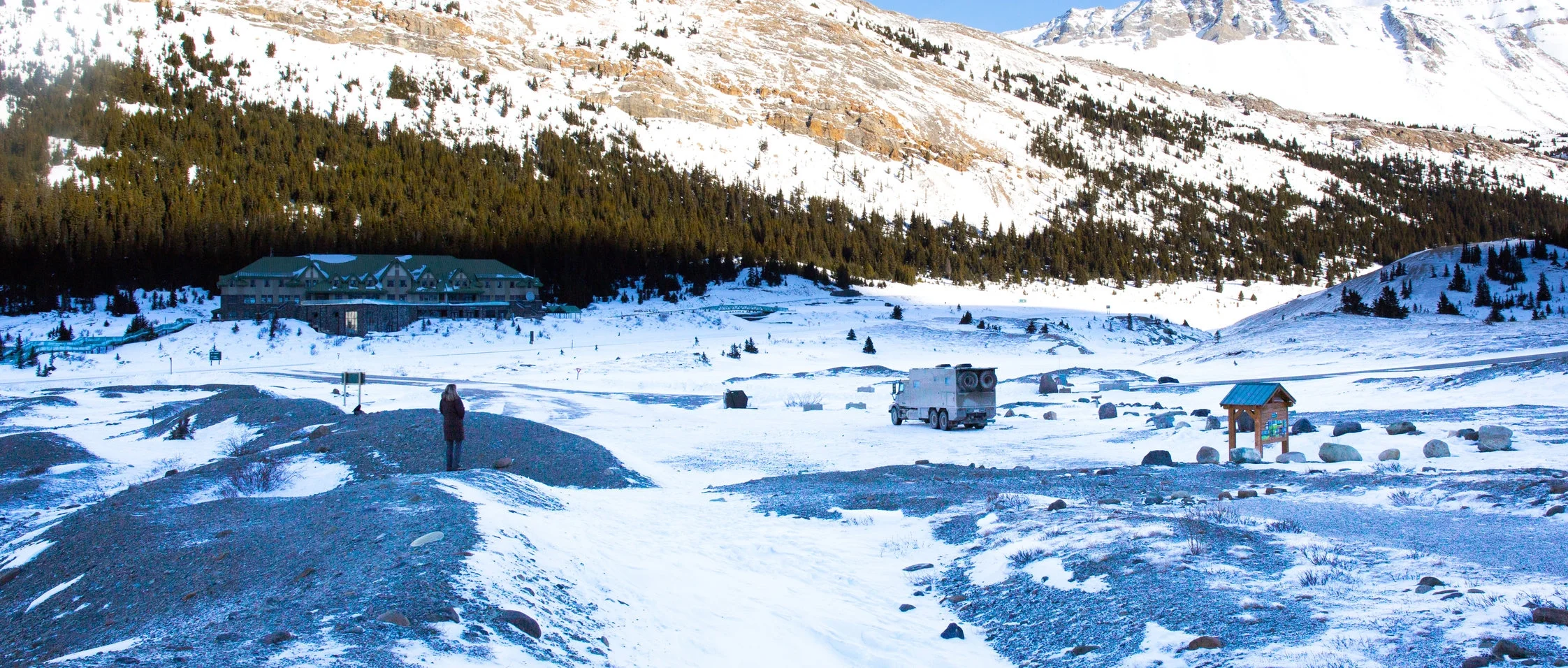Engine Hose Hydronic Line Leak
At the same time we discovered the fuel tank leak, we noticed a puddle of antifreeze on the floor under the front of the truck. It took some investigation to track the leak trail back to its source, but we finally discovered its origin.
In order to have the truck engine heat the camper while driving, and to have the Webasto boilers heat the engine when it's off, a connection between the two systems has to be made. But the two systems use different fluids that can't be mixed. To accomplish this, the heater lines in the engine compartment have T-fittings installed, and then a loop of 3/4" rubber heater hose is run all the way to the back of the camper, and into the boiler compartment. In there, the engine hoses connect to a heat exchanger that is also connected to the camper's hydronic heating system powered by the Webasto boiler. The heat exchanger keeps the systems separate, but allows two way heat conduction depending on which system is hotter.
Our leak was in the loop of 3/4" rubber hose. It wasn't leaking from the engine T-fittings, but rather from a coupling insert about 3' back from the engine. The builder must of run out of hose, and instead of buying another roll and doing the job properly, by running a continuous line of hose up to the engine T-fitting, they went cheap and scabbed on a 3' length of hose onto the other piece that was too short. Not only was making a joint like this un-profesional, but the plumber used an improper fitting for the joint. One side of the coupling was for 3/4" hose, but the other end was for a smaller hose. So when they tried to tighten up on the hose clamp, the hose wouldn't compress down tight onto the smaller diameter coupling end. That's where our leak was. We had to buy a proper fitting and redo it.
I guess this is one of the reasons why the builder fired the plumber. However, they obviously didn’t check all his work as they said they did. Not surprising to us considering all the other things they told us that turned out to be un-true.





